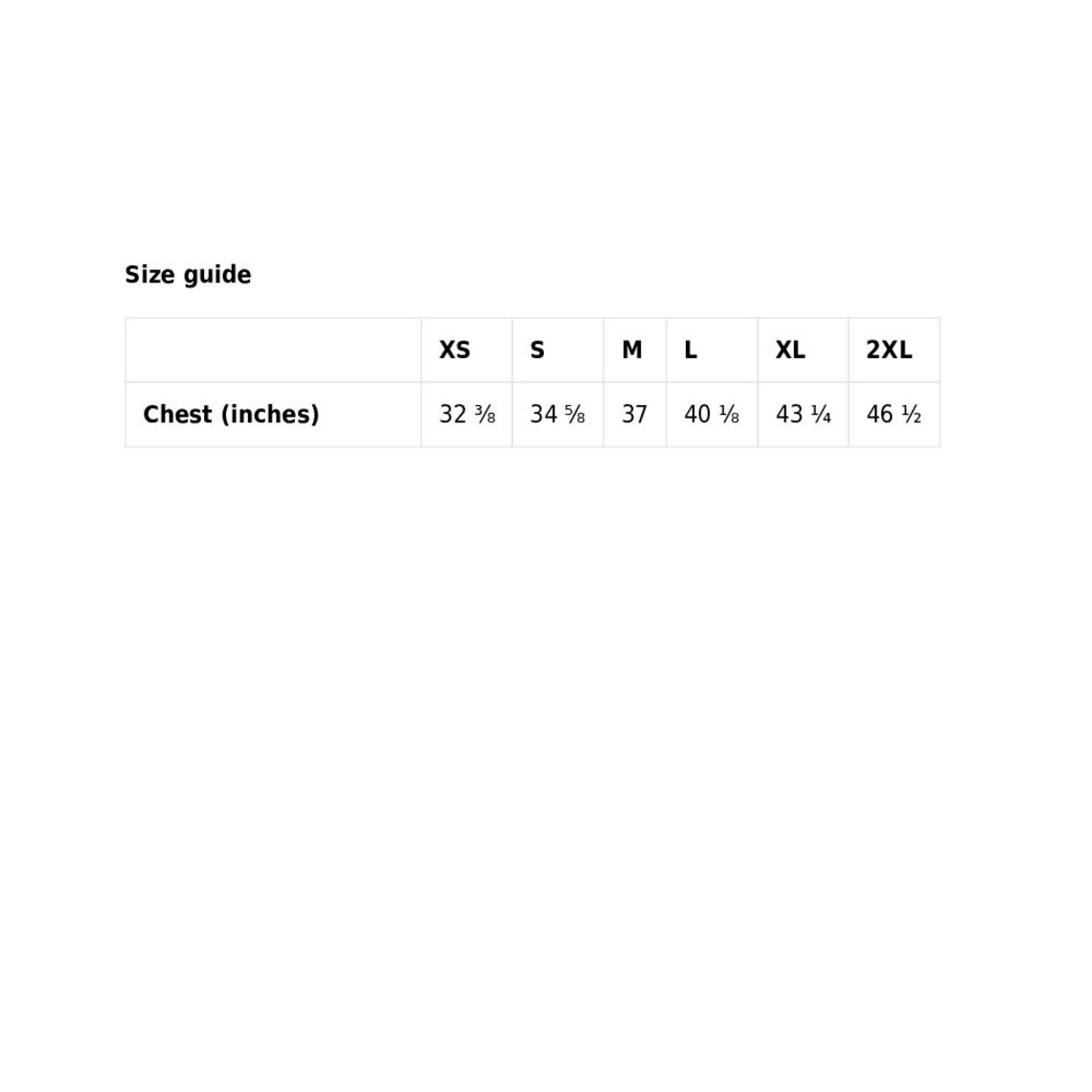

I lived in Minneapolis for a decade before moving to New York, so much of my work is born of that Midwest community. P.O.S’s Never Better was the first complete art direction project I had the chance to fully develop. Never really wanting to pursue any sort of traditional employment, I’ve made my way on small projects, working with musicians and artists and performers. My first design projects were for friends’ bands, and posters for art/music shows. In college I interned with Aesthetic Apparatus, screen-printing gig posters. I’ve played music my whole life, and I come from a musical family, raised with it. Music has always been an important aspect of my practice. Five years ago, I received a message from Justin that said “I like what you’re doing, and I want you to know that.” A year or two later after actually meeting for the first time: “Can we work on something together? You should come over and we’ll vibe.” How were you approached to work on this? Do you specialize in music packaging? Eric takes us down the rabbit hole, describing the intense, fluid work sessions with Justin Vernon and others at the Eau Claire studios, the numbers that permeate the track list, the influence of digital culture on the new album, the prevalence of cryptic symbolism throughout the Minneapolis/Wisconsin music scene, and the Packers. In the following interview we present the finished artwork, supplemented with process work and related materials. The work is less a graphic identity for an album and more a documentation of a collaborative network of players, places, times, and tools. This work is thick-an extensive collection of symbols and drawings and texts that spill out from the dense LP design (the legend/key to the entire transmedia system) to populate Instagram posts, giant murals, lyric videos, etc. It is this spirit that is on ebullient display in his new artwork for Bon Iver. In Carlson’s world, symbols rarely speak with the intent of reifying meaning, or branding something with repressive authority, but in a way that evokes multiple readings at once, asking to be adopted and infused with new life. Symbols especially fascinate Carlson, who has obsessively explored their cryptic and explicit power within the realm of music, having created logos, icons, and glyphs for a number of midwestern bands like P.O.S., Gayngs, and Doomtree. Through it all, the idea of reading-the fluidity between text and image, the discarded pictographic origins of alphabets, the semiotic slide between icon to index to symbol-guides his work. Carlson’s work frequently mutates from medium to medium, a sketch becoming a poem becoming a sculpture becoming a shirt.

When I first started to see fragments of the artwork for Bon Iver’s new album, 22, a Million, I immediately recognized the hand of Eric Timothy Carlson, an artist and designer based in Brooklyn, originally from Minneapolis.


 0 kommentar(er)
0 kommentar(er)
